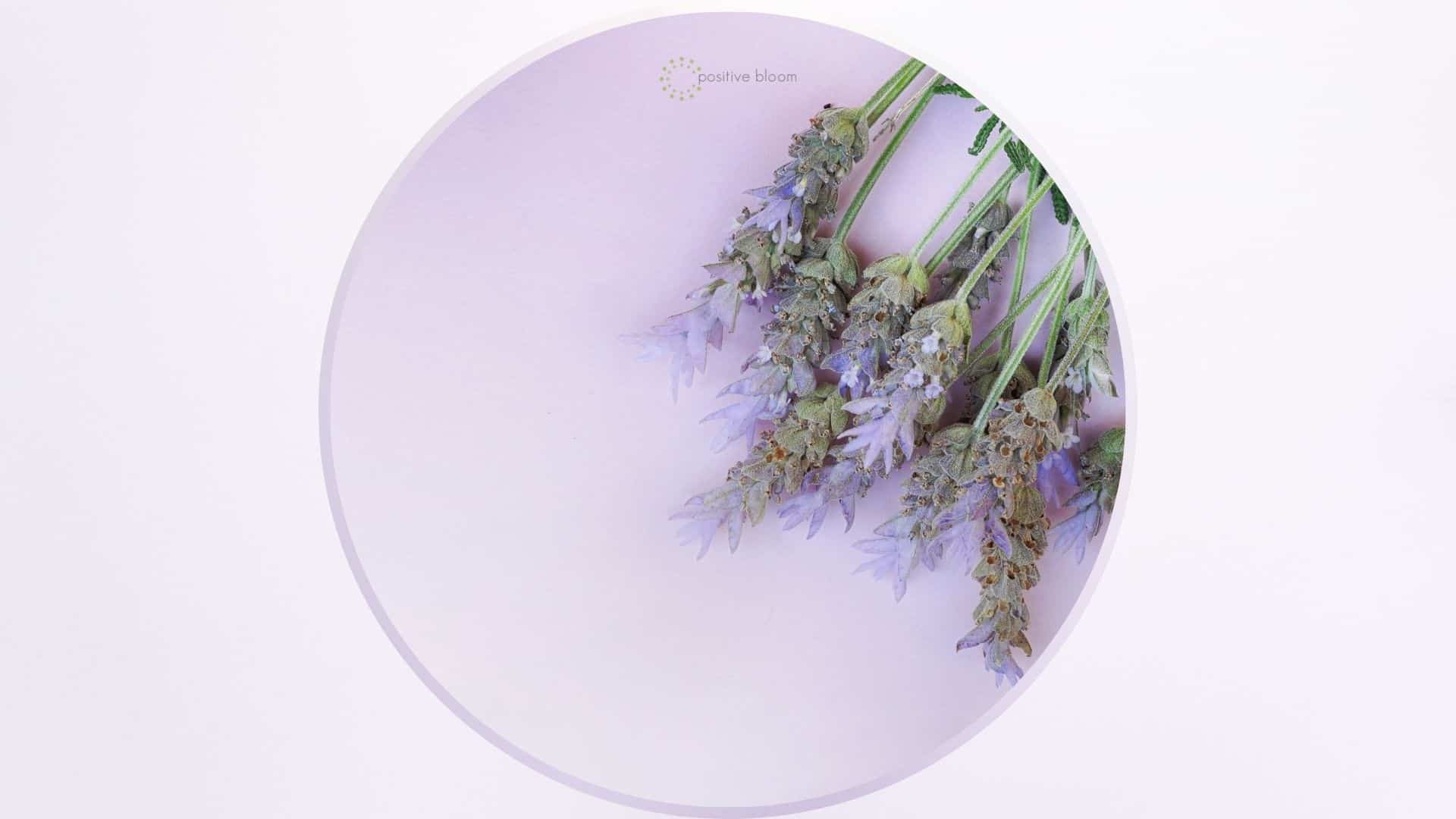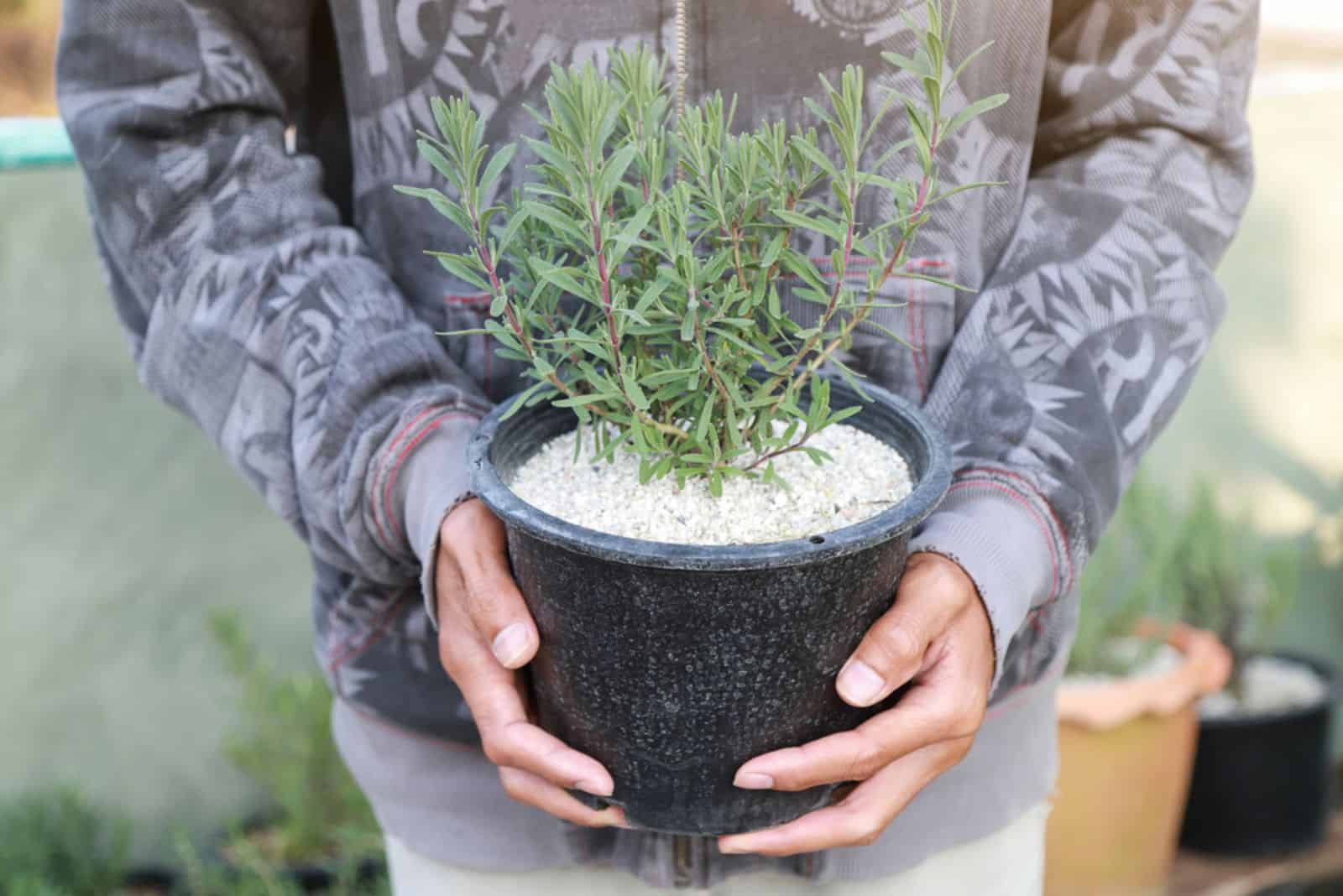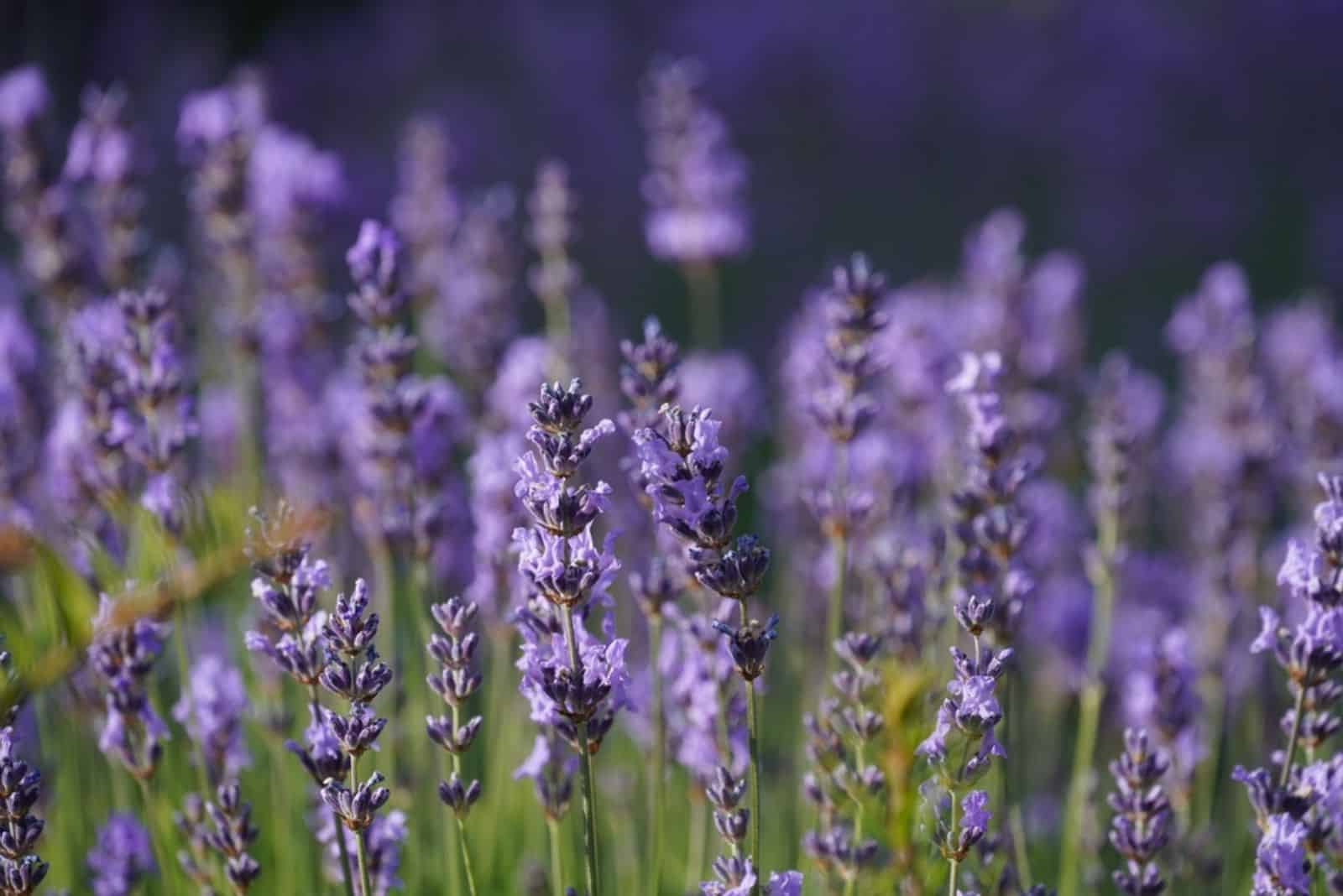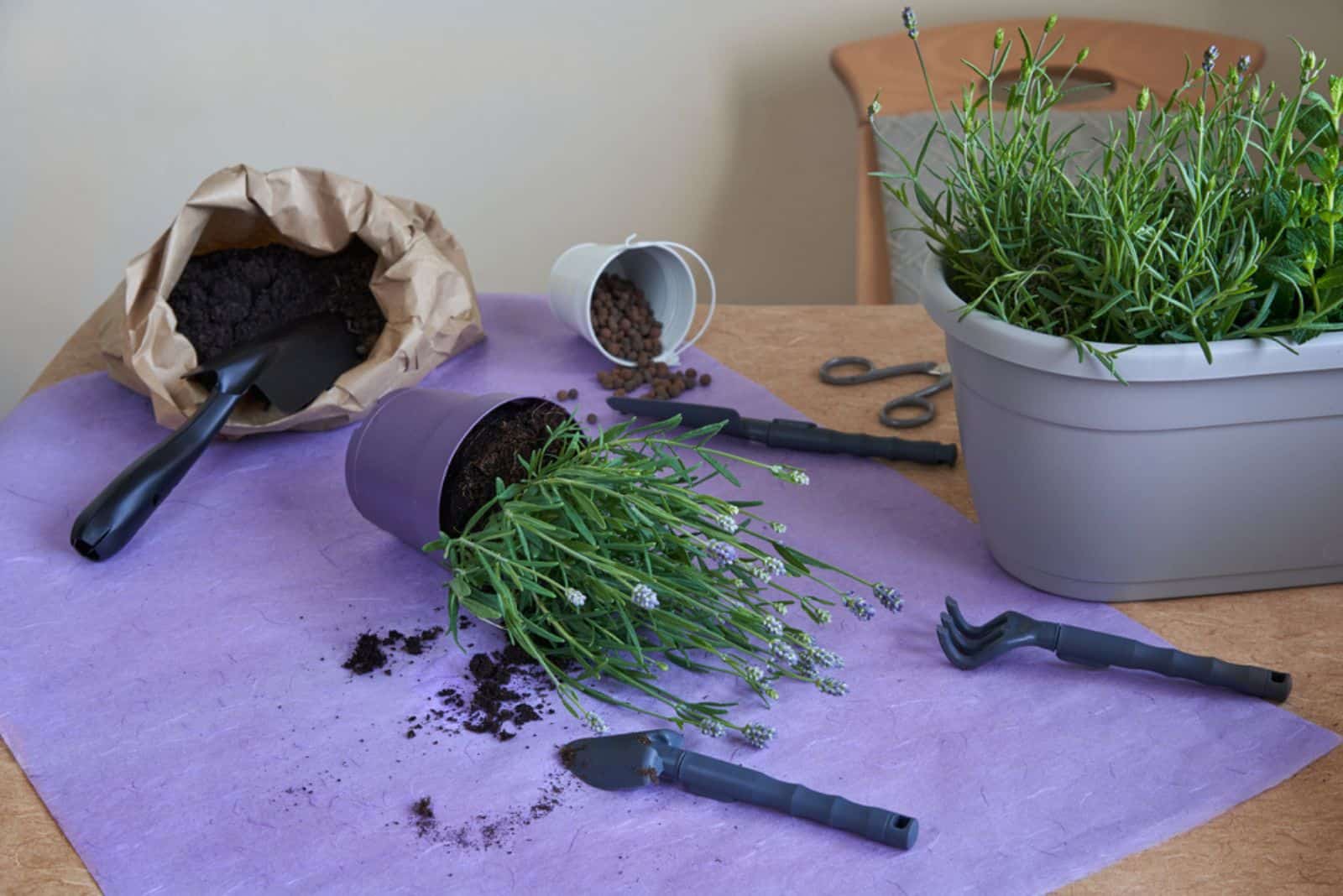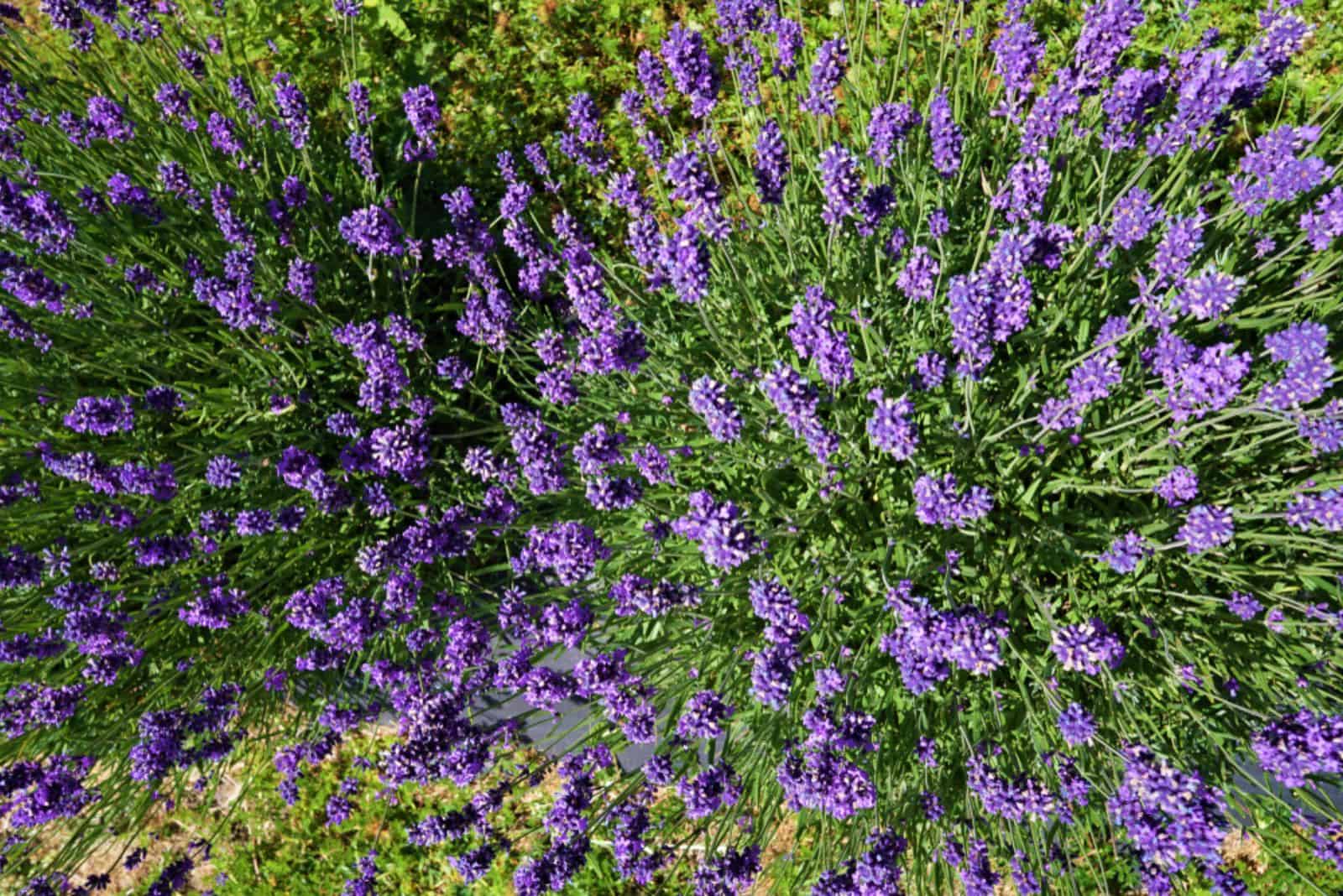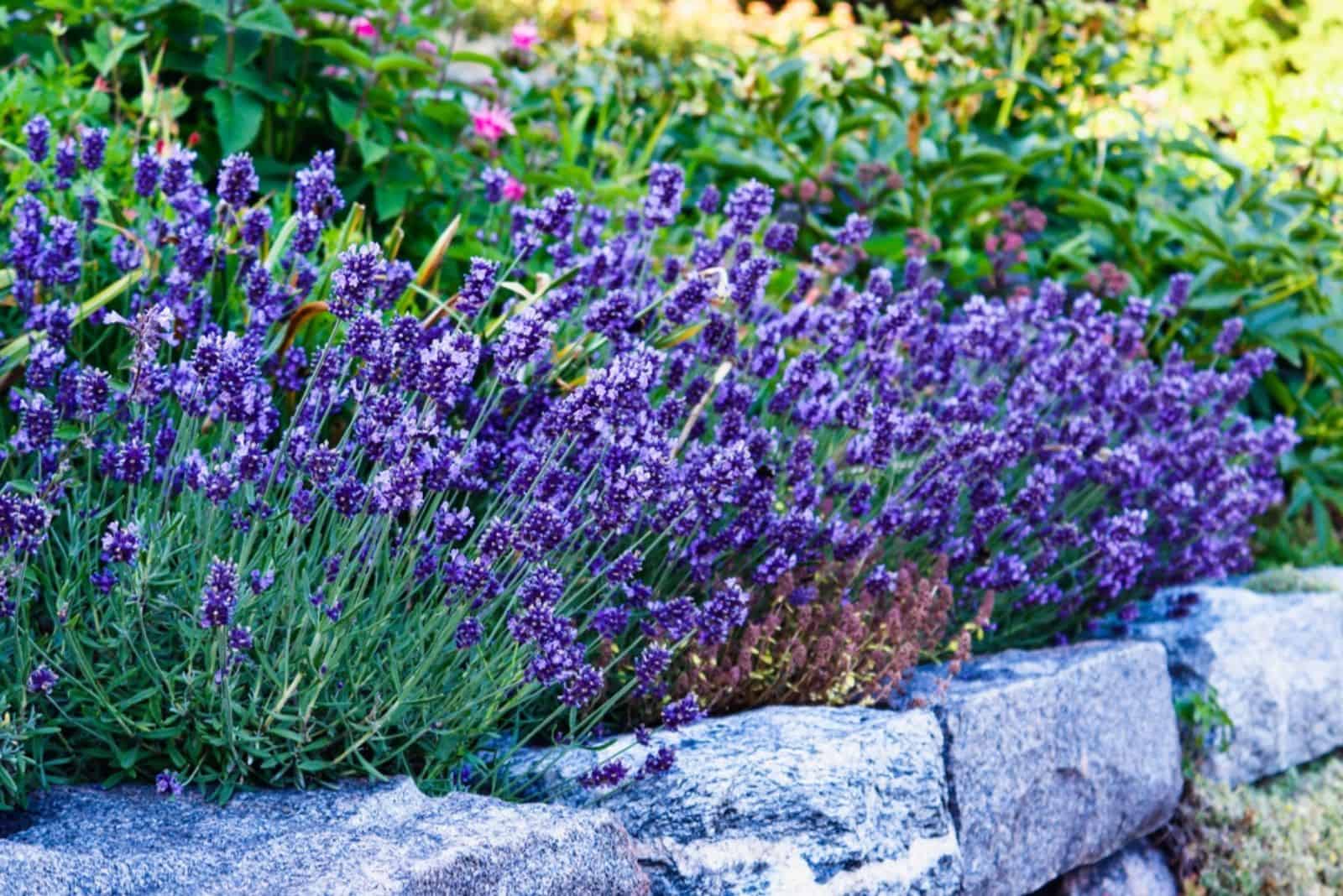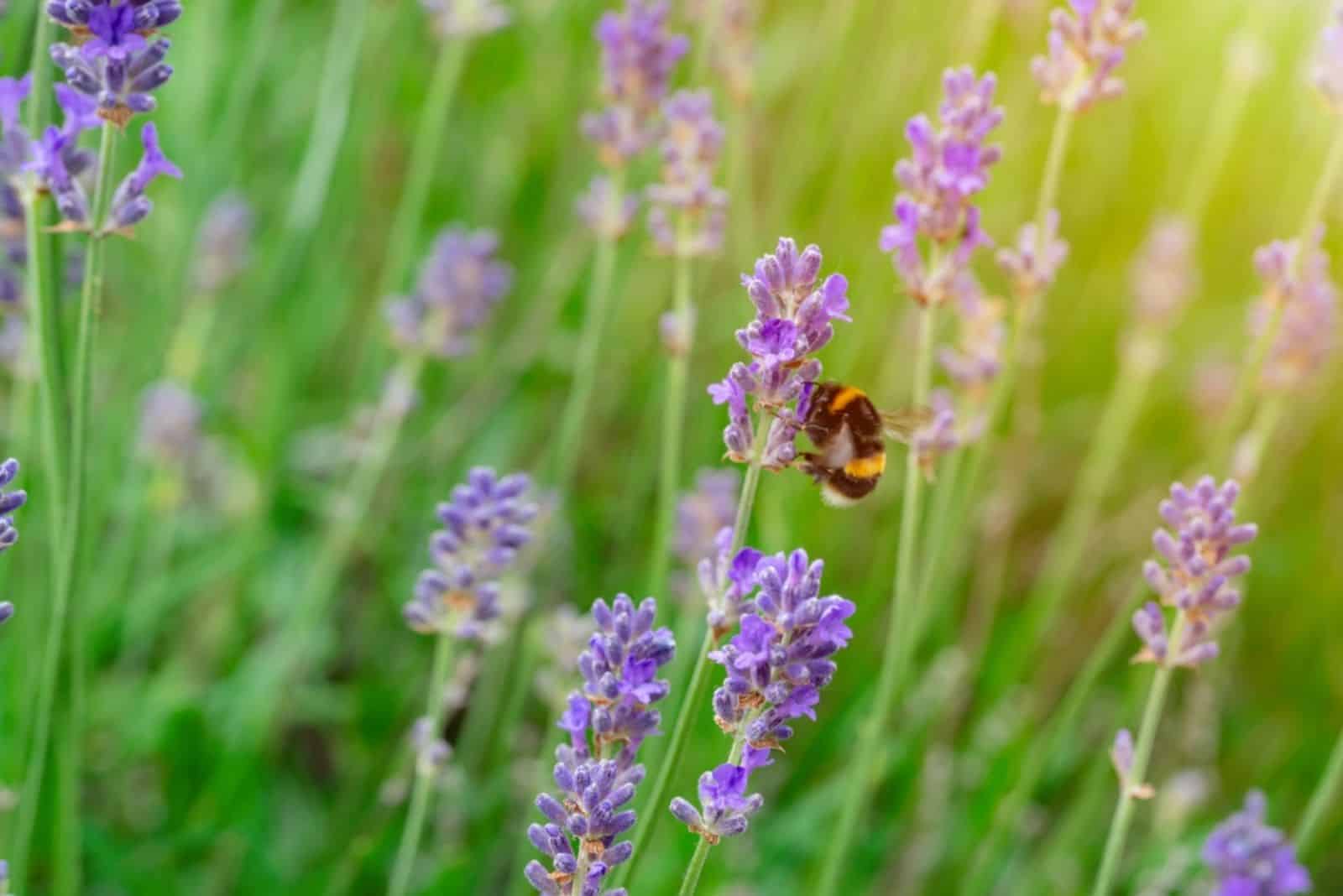Lavender is one of the most grateful plants you’ll ever encounter, so it’s not surprising that more and more people want to grow them every day.
These plants are incredibly easy to maintain, and in return, they repel pests, attract pollinators, and smell amazing.
But did you know that you don’t always have to shape them into that signature spheric form? You can prune lavender plants into a topiary form and grow your very own fragrant tree!
Lavender tree care isn’t that different from traditional plant care, but there are some important things that differ, which we’ll address in the following sections.
We’ll also bring you some tips for training your own topiary so that you can enjoy it every step of the way!
Lavender Tree Care
The care guide for lavender trees is quite simple; keep them in full sun conditions, plant them in well-draining soil, water them once the top few inches of the growing medium are dry, and fertilize them only during the growing season.
However, the care for indoor and outdoor lavender topiaries differs, so we’ll discuss some extra tips to help you keep this plant happy in both settings.
And lastly, you can even grow lavender plants in Florida; you just need to ensure that you choose a suitable variety (French lavender is the best one), reduce watering a bit, and increase air circulation.
Light Requirements
All varieties of lavender require full sun to produce the most flower spikes. If you grow this tree indoors, place it near an east- or south-facing windowsill where it can receive the most sunlight without getting sunburned.
And if you plan to grow a lavender tree outside, put it in a sunny spot where it will bask in the sunlight for at least 6-8 hours every day.
But if you live in hot climates, you should protect this plant from harsh sunlight during the hottest times of the day to avoid sunburns.
Water And Humidity
Lavender is a drought-resistant plant, so you don’t need to water it too often. Potted plants need more frequent irrigation than ones grown in the ground, so always check the soil before watering.
If the growing medium is still moist, wait a few days before hydrating your topiary.
We don’t live in a perfect world, so bad things can always happen. Therefore, look for the signs of overwatered lavender, such as droopiness, yellowing of the leaves, etc., and stop watering it immediately if you spot them.
Overwatering lavender trees can quickly lead to root rot and kill them.
Humidity
Lavender comes from the Mediterranean region, where the air is relatively dry. Therefore, keep your lavender trees in locations with good airflow.
Keep lavender away from other indoor and outdoor plants, prune it regularly, and you’ll have no issues with powdery mildew, leaf spot, etc.
Temperature
Different types of lavenders are hardy in different hardiness zones, but all of them prefer mild temperatures between 65-85°F during the day and around 50-55°F at night.
You should also keep them away from drafty areas, such as old windows, doors, heaters, and AC vents, as well as strong winds. These locations experience sudden temperature swings and can stress your plant so that it stops producing purple blooms.
Soil And Fertilizer
Lavender trees require well-draining, moderately fertile, and slightly alkaline soils. If you’re growing this plant in pots, you can simply get potting soil with good drainage and add some perlite and sand just to be on the safe side.
But if you want to transplant these beauties into your herb garden, you’ll need to amend the soil with some compost, sand, and perlite. All these ingredients aid drainage, while compost also enriches it with nutrients, making fertilizer redundant.
And if you want to make your own potting mix, you can always mix 2 parts potting soil or compost with 1 part horticultural sand or perlite.
Finally, if you want to mulch your lavender standard or tree, you should only use inorganic materials such as gravel since they don’t retain moisture.
Fertilizer
If you’ve worked compost into the garden soil or have bought a quality potting mix enriched with plant food, you don’t need to fertilize your lavender any time soon.
Once the plant has depleted its growing medium of all nutrients, you can add some compost in early spring for your in-ground trees.
If you want to feed your potted lavender topiaries, you can give them a diluted, well-balanced fertilizer twice during its growing season or simply apply a slow-release 7-9-5 in early spring.
Repotting Lavender Trees
Lavender topiaries don’t grow that fast, but if you notice that their roots are protruding through the drainage holes, you should immediately repot them.
When repotting lavender trees, gently divide the plant’s root ball, place it in fresh soil and a new pot 1-2 sizes larger than the previous one, fill the free spaces with soil, and water it until you can see that the moisture has started to drain through the holes in the bottom.
The best time to repot these topiaries is in spring when the plant grows most vigorously. But if you can see that your plant is not doing well because it’s rootbound, you should move it to a larger container regardless of the season.
Propagation
If you want to make a lavender hedge or a unique tree line, you don’t have to buy lots of plants. Just get one and propagate it from cuttings or seeds.
Unfortunately, lavender trees only have one woody stem, so you won’t be able to divide them, but you can still use the cuttings.
Cut some young stems, remove the bottom foliage, dip it in rooting hormone (optional), and plant them in the seed-starting mix. Keep the cuttings in indirect light and at around 70°F, mist them, and cover them with a humidity dome or a plastic bag.
Here are some excellent gardening tips for multiplying lavenders from cuttings:
Pruning
Trimming lavender topiaries is a year-round job since the plant always sends out shoots and branches that make it look less like a tree.
You should also deadhead these trees in spring after the first purple blooms appear to encourage more proliferated flowering.
3 Tips On How To Care For A Lavender Tree Outdoors
You can apply the care guide from above to your indoor and outdoor plants, but we have some tips that are inadvertently connected to outdoor lavender topiaries.
Outdoor lavender tree care involves correct transplantation, companion planting, and in some cases, overwintering.
Transplanting Lavender Tree
The best time to plant lavender topiaries in your outdoor garden is in spring when the temperatures are still not high enough to lead to serious transplant shock.
Take your nursery-bought or home-shaped tree out of its planter and gently spread the roots if they are all entangled and bound together.
Plant the lavender topiary to the same depth as before, fill the air pockets with more substrate, and water it deeply.
Consider Growing Lavender Companion Plants
Lavender is one of the best companions for all sorts of vegetables, including brassicas, cucurbits, and nightshades, because it repels pests (deer, slugs, aphids, fleas, etc.) and attracts pollinators.
However, these veggies thrive in moist soils, so it’s best to put your lavender tree in a pot near the vegetable garden.
Overwinter Your Lavender Tree
Most varieties of lavender trees cannot tolerate cold winters, so it’s best to take them indoors if you live in USDA hardiness zones 5-7 (only English lavender can tolerate these temperatures).
Place lavender trees in a sunny spot with good air circulation, but ensure temperatures aren’t too hot.
Of course, if you live in zones above 7, which get mild winters, you can leave these topiaries outside all year round.
How To Make A Potted Lavender Topiary
We know how to care for a lavender tree, but why not learn how to make one too?
The important thing is to be persistent and trim your lavender plants all the time to maintain their shape.
And once you know what it’ll take to grow your own lavender tree, you can choose the best variety and make it happen!
3 Tips For Training Lavender Topiaries
There are three main steps in training lavender topiaries: the first cut, staking, and maintaining the shape.
We’ll discuss the importance of each phase in the following sections, so stick around!
1. Trim, Trim, Trim
The first step of training your own lavender tree is removing everything but one woody stem that will serve as a “trunk” of your topiary.
Start your way on the outer parts and slowly snip everything towards the central stem. Once you’ve pruned everything else, get that stem in shape.
Snip the bottom leaves so the plant can direct all the energy to the top.
We love to use seedlings as they are more manageable than established plants. In the case of young plants, you should keep removing the bottom leaves until the plant reaches the desired height. Afterward, you can let it send out branches and form a treetop.
Understanding the lavender growing stages can help you here since seedlings and young plants require more care than established ones.
Pro tip: Use the cut lavender to make sachets, potpourri, pest repellents, soaps, etc.
2. Support The Topiary
Lavender doesn’t have a natural treeish growth habit, so you’ll need to support it with plant stakes, bamboo sticks, or any other material to keep it upright.
Tie the stake and the stem together with a flexible material (such as nylon that you can find in pantyhose), so it doesn’t damage the improvised trunk.
Pro tip: If you plan to grow your lavender tree outside, don’t use a metal plant stake since it can get heated and burn your plant.
3. Maintain The Shape
The last step is to maintain the tree shape and trim the lavender as it grows. Keep removing the bottom branches, stems, and foliage to keep a clean trunk.
You should also prune the treetop to make it round and bushy.
Here are some more tips for starting and trimming your own lavender tree:
Choosing The Best Type Of Lavender Plant
Now that you know exactly how much care you’ll need to devote to making a lavender tree, let’s discover some varieties that are suitable for this.
The main factors that may influence your decision are hardiness, bloom time, color, and fragrance.
You’ve undoubtedly wondered when different lavender varieties bloom, which can be grown in your zone, etc., and we’ll briefly discuss these things in the following paragraphs.
English Lavender (Lavandula Angustifolia)
English lavender trees are hardy in zones 5-10, so they’re suitable for cooler climates. You can grow many different cultivars, but ‘Hidcote’ and ‘Munstead’ are the most famous ones.
The latter flowers in spring, whereas the ‘Hidcote’ cultivar blossoms in late spring or early summer. ‘Hidcote’ is a lot darker than ‘Munstead’, but they complement each other perfectly.
French Lavender (Lavandula Dentata)
The French lavender plant is hardy in zones 8-11 and can handle humidity better than other varieties, so it’s perfect for the warmer climates in Florida and Georgia.
This variety blossoms in early spring and adorns your garden with purple blooms and dark foliage. The most famous cultivar is the ‘Royal Crown’, but there are others, such as ‘Pure Harmony’, which bear white flowers.
Spanish Lavender (Lavandula Stoechas)
Spanish lavender trees are meant for warm climates since they cannot tolerate temperatures below zone 8a.
It flowers in late spring, and the ‘Anouk’ cultivar bears large purple blooms that can make your lavender topiary a centerpiece of any outdoor or indoor decor.
Lavandin (Lavandula x Intermedia)
Lavandin cultivars have the most potent fragrance, making it hard for growers to resist getting at least one ‘Grosso’ or ‘Provence’.
This hybrid lavender blooms later than other varieties, usually starting in July, but it bears abundant elongated flower spikes everyone admires.
FAQ
Now that you know so much about lavender trees, we can discuss some other questions you frequently asked us.
Does a lavender tree come back every year?
Lavender trees will come alive every spring if you grow them in their preferred hardiness zones or overwinter them indoors.
These plants are perennials and can last up to 20 years if you choose a suitable variety and care for it properly.
Are lavender trees easy to maintain?
Lavender trees are easy to maintain because they don’t require much water or fertilization, but you will need to prune them regularly.
Although, the first pruning is tricky as you have to decide which stem to leave and which to cut. From then on, all you need to do is trim everything that grows below the tree crown.
Final Thoughts
Lavender tree care involves exposing this plant to full sun, watering it once the top few inches of its growing medium feel dry to the touch, and planting in well-draining and moderately fertile soil.
You can also feed it with compost or well-balanced fertilizer in early spring and prune it regularly to maintain its shape.
We also brought some tips for training your own lavender topiary so that you can grow them as much as you’d like.
Enjoy this unique tree, and until next time!
Like this post? Share or pin it for later!

